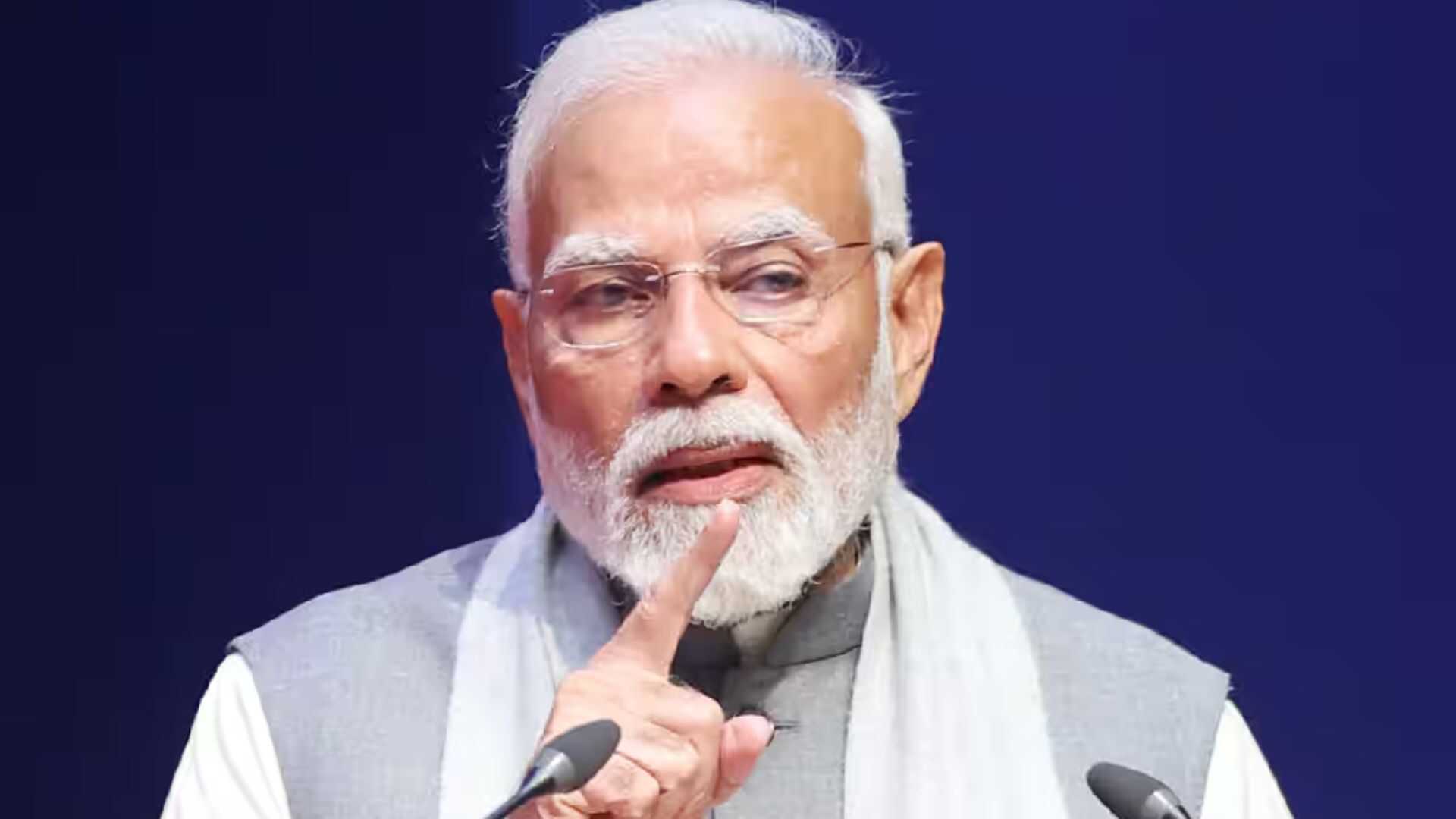Despite facing numerous challenges such as the COVID-19 pandemic, global economic disruptions, tensions with China, and the ripple effects of global conflicts, the Narendra Modi led government succeeded in generating employment on a large scale over the past decade. During this period, India’s employment landscape experienced significant positive transformations, including the creation of over 17 crore jobs.
According to the data provided by the RBI KLEMS framework, which evaluates employment based on key economic inputs—capital, labor, energy, materials, and services—India’s job creation story shows a stark contrast between the performance of the employment sector during the Congress-led United Progressive Alliance (UPA) government from 2004-2014 and the period from 2014 onwards under the present National Democratic Alliance government.
Every year, approximately 1.2 crore job seekers enter the Indian market.
As per the data, under the UPA government, between 2004 and 2014, 2.9 crore additional jobs were created, with employment growth standing at 6% during that period.
However, under the Modi government, between 2014 and 2024, the country witnessed the creation of 17.19 crore additional jobs, a stark rise in employment.
The data by RBI showed that the overall employment growth under Modi has been 36% between 2014 and 2024, in sharp contrast to the 6% growth which was witnessed under the UPA rule.
Notably, in the last year
These figures are likely to challenge the recurring opposition claims that the government has failed to generate sufficient employment opportunities. The narrative of lack of job opportunities for youths was one of the biggest poll plank of the INDIA bloc for the May 2024 general elections.
A closer examination of the sector-wise employment trends as collated by the RBI, the picture becomes even clearer.
In the agriculture sector under the UPA government while the employment shrank by 16% between 2004 and 2014. However, in sharp contract, under Modi’s leadership, it grew by 19% between 2014 and 2023.
In the manufacturing sector, the employment growth was a mere 6% under the UPA, but it increased by 15% between 2014 and 2023. The services sector, traditionally a major contributor to India’s economic growth, grew by 36% from 2014 to 2023, compared to a 25% growth between 2004 and 2014 under the UPA.
In terms of key labor market indicators, RBI data set reveals significant improvement.
The unemployment rate (UR) dropped from 6% in 2017-18 to 3.2% in 2023-24, marking a substantial decline. Simultaneously, the employment rate (WPR) grew from 46.8% in 2017-18 to 58.2% in 2023-24, signaling a higher percentage of people engaging in the workforce.
The labor force participation rate (LFPR) also saw a healthy rise from 49.8% in 2017-18 to 60.1% in 2023-24, showing greater participation across the economy.
Perhaps most significant is the growth in youth employment. The employability of graduates surged dramatically, increasing from 33.95% in 2013 to 54.81% in 2024, as per the India Skill Report.
Moreover, from September 2017 to September 2024, over 4.7 crore youth between the ages of 18-28 have joined the formal job market through the Employees’ Provident Fund Organization (EPFO). The youth unemployment rate also dropped from 17.8% in 2017-18 to 10.2% in 2023-24, reflecting
the government’s focus on integrating more young people into the economy.

